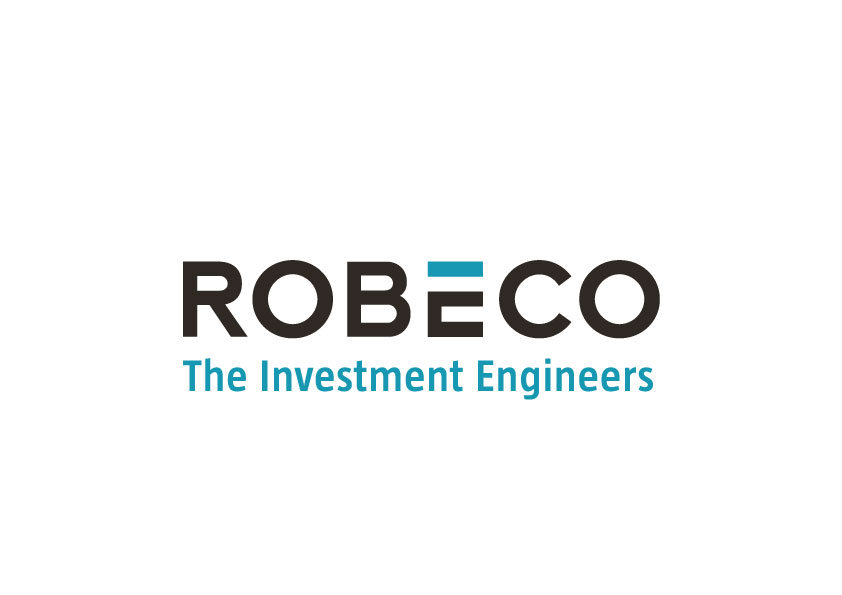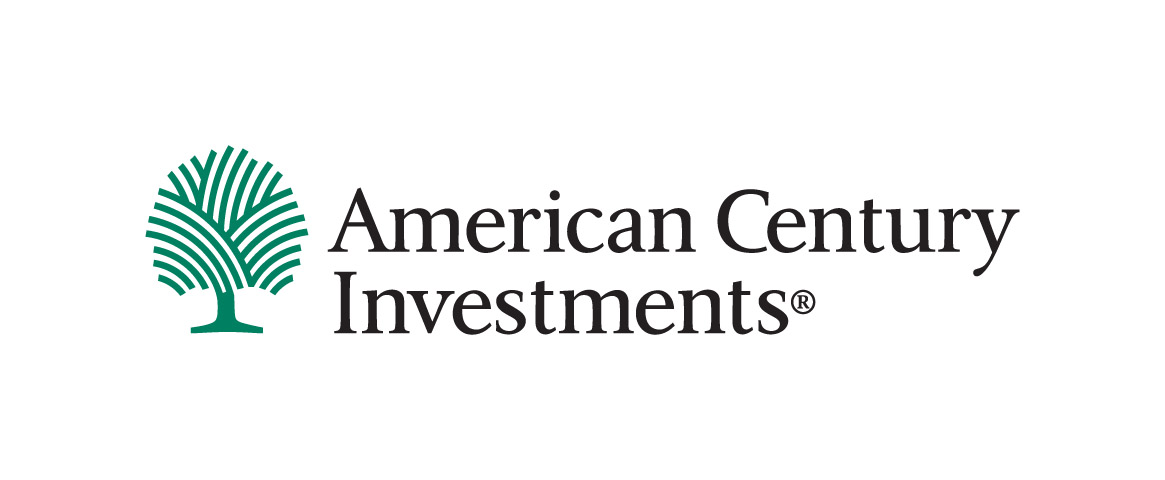The European ETF industry has cause for celebration after beating its previous annual inflow record with three months to spare. However, it bears considering whether the next prophesied springboards can deliver the exponential growth the market has become accustomed to – and which stakeholders stand to benefit.
According to data from Morningstar, exchange-traded products (ETPs) in Europe booked €161bn inflows during the first three quarters, surpassing the previous annual record of €159bn in 2021. The latter of the three quarters was also a record-breaking three months for the market to boot, with €63bn gathered by European ETPs in just 12 weeks.
“Assets have exceeded the €2trn mark for the first time,” said Jose Garcia-Zarate, associate director of passive strategies at Morningstar. “With a quarter still to account, 2024 is bound to be a new record-breaking year for the European ETF industry.”
Agreeing, Henry Jim, ETF analyst at Bloomberg Intelligence, added: “With three more months to go, barring any major outflows, we should see a record year of flows, surpassing €200bn for the first time.”
Prophesied springboards
While European ETFs may continue to coast impressive inflows into increasingly low-cost, broad beta equity and a gradually broadening array of fixed income tools, it is also worth noting the relative impact trending product classes can have, however brief, as afterburners for asset gathering.
Once upon a time the trending product class was smart beta, then ESG ETFs claimed half of all net asset gathering in 2021. Now, the anticipated wunderkind is active ETFs.
There are already some convincing signs of life, with the segment claiming €4.8bn inflows in Q3, equivalent to 7.7% of all asset gathering for the period for a product class accounting for just 2.2% of ETF assets in Europe, according to Morningstar.
Similarly, there has been a surge in not just launch activity but new entrants, with European mutual fund managers and US ETF issuers – such as Robeco and American Century – seeing active ETFs as their route to market. However, as with all product innovations, more time in the market will bring more scrutiny.
Will investors continue to find the ‘index-plus’, low active share active ETFs – which have dominated flows to-date – exciting? Conversely, can the currently unloved high active share ETFs, such as those offered by ARK Invest, convince nay-sayers? Can new issuers learn how to distribute ETFs, especially US issuers new to Europe? Finally, of the inflows into ETFs run by promoters with mirror mutual fund ranges, how much of this is organic, versus reshuffling client – internal – assets between structures?
A brief word should also be paid to the eagerly awaited surge in ETF uptake by retail investors across Europe. Some of this has already come to fruition, with around €200bn ETF assets held by European retail investors at the end of 2023, according to BlackRock, equivalent to around 12% of the market at the time.
While appreciating this is some way short of the roughly 50% retail ownership figure in the US, this does not guarantee rapid incoming adoption by the same investor demographic in Europe.
In fact, the ETF savings plans, commission-free and low-cost platforms which have facilitated much of the early uptake this side of the pond now face the challenge of the planned payment for order flow (PFOF) ban, which could force neobrokers to restructure their business proposition and introduce advisory fees.
More broadly, the DIY approach of investing for retirement in the US is not as prevalent in most countries in Europe – and such cultural shifts take years to permeate.
A tide for all boats?
On the other hand, should the growth drivers above – and others – materialise, the next question the industry will already be asking is which asset managers the spoils accrue to.
For some commentators, the concern is these innovations will only serve to further the advantage of already dominant players.
This is valid, given BlackRock had cornered 43% of all ETF assets in Europe by the end of Q1 and added €45.7bn inflows over the following two quarters, with its Q3 asset gathering standing at three times that of its closest rival – Amundi.
Addressing the growth drivers outlined above, BlackRock has launched seven active equity ETFs so far in 2024 alone, while being a part owner of neobroker and posterchild of ETF savings plans, Scalable Capital.
Final word
Overall, the scale outlook for Europe’s ETF market is far from bleak, but industry participants should look beyond the headlines and take a realistic view of the catalysts for continued ETF adoption – and whether these will contribute to a competitive market which benefits end investors.







